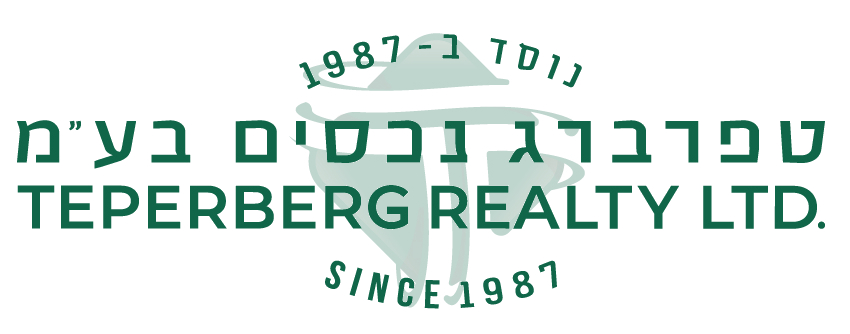Rehavia (also Rechavia) (רחביה) is an upscale Jerusalem neighborhood located between the city center and Talbiya.
Rehavia was established on a large plot of land purchased in 1921 from the Greek Orthodox Church. The area was known at the time as Ginzaria, a native Jerusalem plant. The Jewish National Fund (JNF) bought the land and commissioned the German-Jewish architect Richard Kaufmann to design a garden neighborhood. The Gymnasia Rehavia high school, Yeshurun Synagogue, and the Jewish Agency building were built on this land, overlooking the Old City. Rehavia was modeled after the garden cities of Europe, with an emphasis on the International Style popular at the time. The first phase, called Rehavia A, was bordered by King George Street to the east, Ramban Street to the south, Ussishkin Street to the west, and Keren Kayemet Street to the north. To preserve the quiet character, the neighborhood association allowed commercial businesses only on the two main roads at the neighborhood’s edges. The roads open to traffic were deliberately built narrow, to keep them less busy and thus quieter. The main, tree-lined boulevard which bisected the neighborhood was open to pedestrian traffic only. Later expansion was primarily to the south, the second stage was completed in the early 1930s, between Jabotinsky Street, Ramban Street and Gaza Street. The modern “International” houses integrated local elements, Middle Eastern or ancient. The homes were built in Jerusalem stone. many of the houses were built in a modified Bauhaus style. Features included unadorned facades; small roofs over doors and windows – for shade in the country’s subtropical climate; rounded balconies; entrances on the sides of buildings; decorative metal railings on staircases; outdoor iron gates; and art deco details. Two workers’ housing cooperatives – me’onot ovdim – featured common inner courtyards, separate entrances to apartments, abundant greenery and metal balcony railings. The streets were lined by trees public gardens, playgrounds and even a tennis court. the plan provided for a central avenue – Ramban – crisscrossed by streets and Keren Kayemet, a curving street with many small shops. In contrast to the usual style of Jewish building at the beginning of the century. Then Jewish building was arranged around closed courtyards. In contrast, the houses of Rehavia faced outward, to the outside world.
Most of Rehavia’s streets are named after Jewish scholars and poets from the Golden Age of Jewish culture in Spain. Among them are Abarbanel, Ben Maimon, Ibn Ezra and Rabbi Moses ben Nachman (Ramban)
Rehavia became known as a neighborhood of upper-class population When the Ethiopian emperor Haile Selassie lived on Alharizi Street in 1936. It became home to professors and intellectuals, particularly émigrés from Germany. Many of the country’s early leaders lived in Rehavia: David Ben-Gurion, Israel’s first prime minister, who lived on Ben Maimon street, Golda Meir, Israel’s fourth prime minister; and philosophers Hugo Bergmann and Gershon Scholem. The Prime Minister’s Official Residence is the “Agion House”, at the corner of Balfour and Smolenskin streets just around the corner from Rechavia.
Though Rechavia borders on the whirring traffic of the city center, there are many streets that are a quiet retreat from the noise. Greenery is lush in the building courtyards and twines around walls and fences. The shops that line the streets are small and intimate, and sell specialized items: gourmet chocolate, French pastries, art-inspired gifts. Today a bastion of the well-to-do, Rehavia is still a quiet neighborhood full of greenery – a pleasant surprise very close to the bustling city center, It is considered one of the most desirable neighborhoods in Jerusalem.
